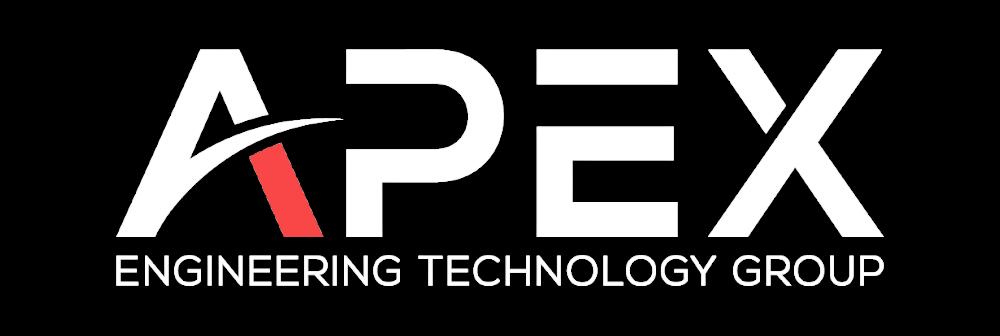
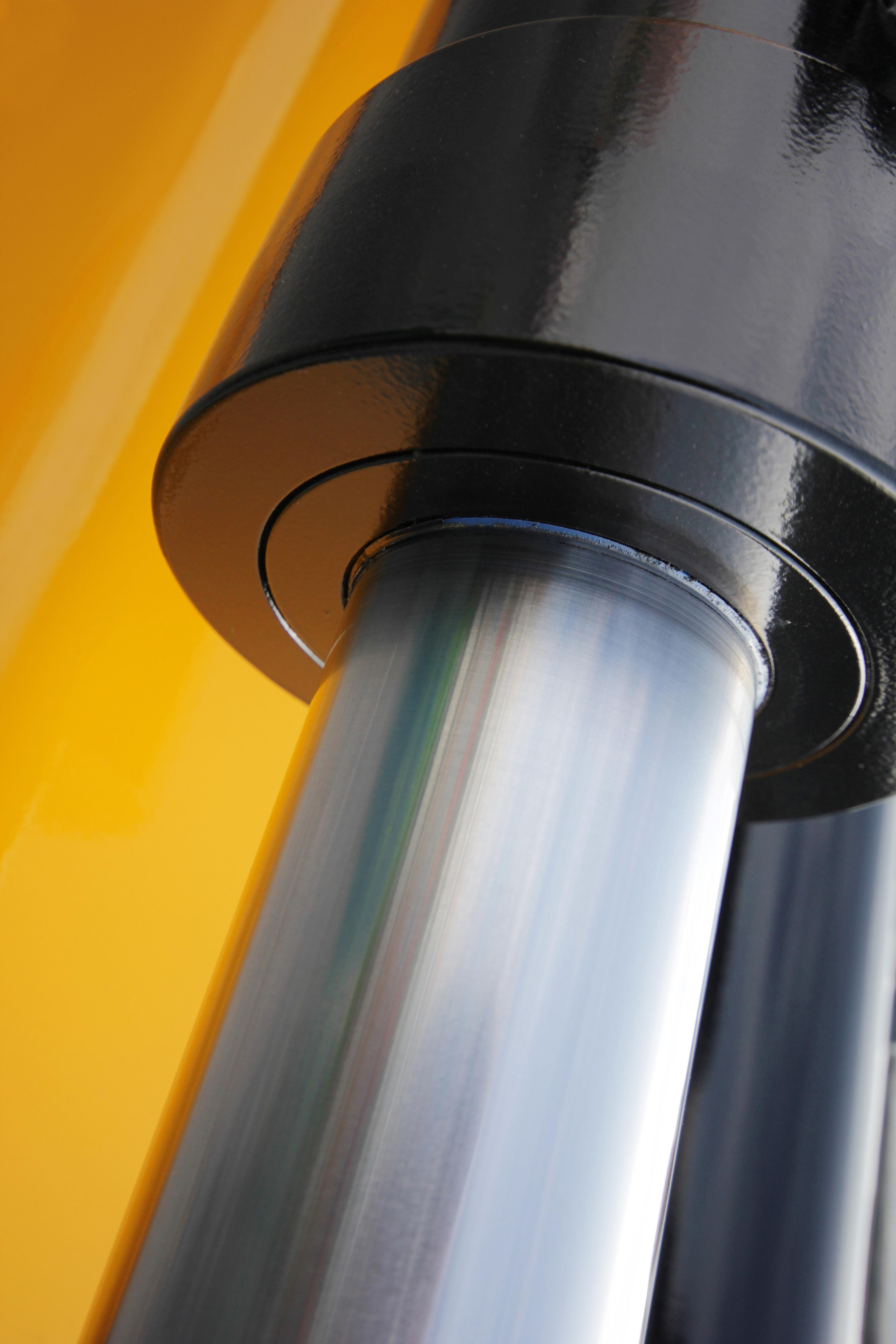
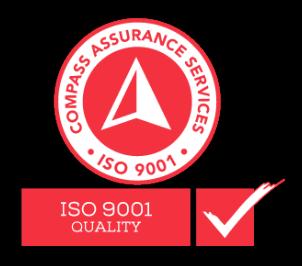
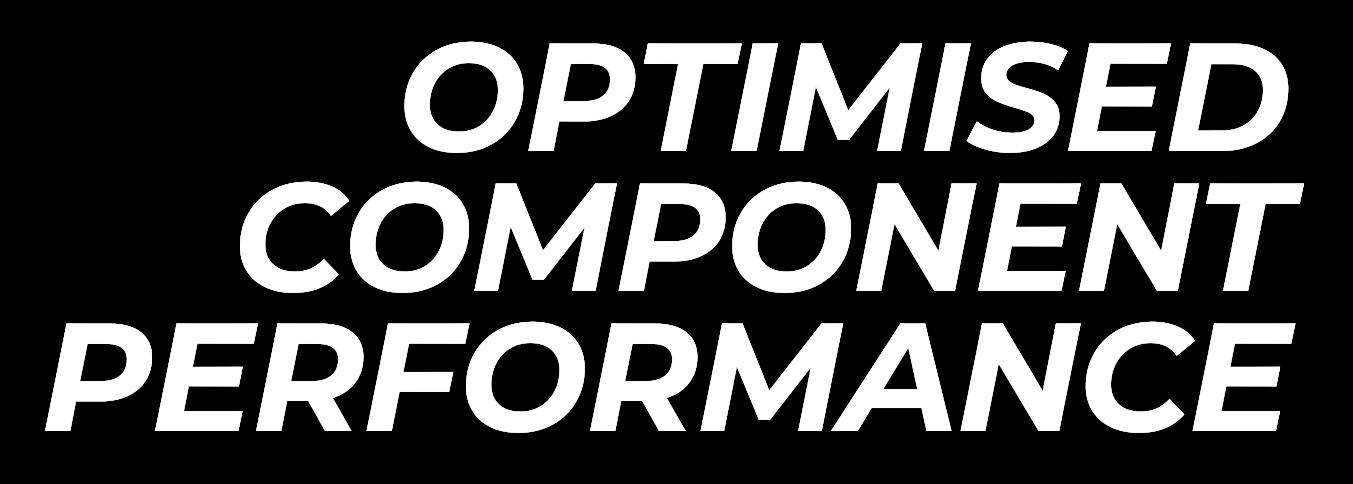
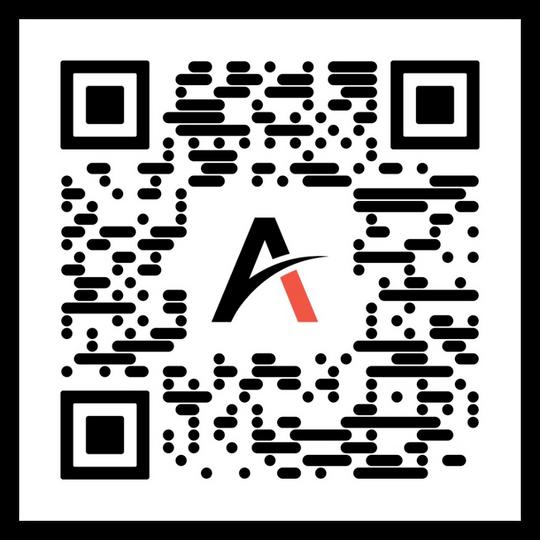







Solid particles like dirt, debris, or metal shavings can enter the hydraulic system, causing abrasive wear as they come into contact with components
APEX ETG's laser cladding process ensures metallurgical bonding of a wearresistant coating, providing enhanced resistance against abrasive wear.

Cavitation erosion results from forming and collapsing vapor bubbles in a fluid due to rapid pressure changes. This phenomenon can cause severe damage to hydraulic components, especially in areas of low pressure.
APEX ETG's laser cladding enhances resistance to bubble collapse by depositing a specialised coating, protecting hydraulic components from material degradation.


EAErosive wear occurs when high-velocity fluid or particulate matter impinges on hydraulic components, leading to surface erosion and material loss. Components exposed to fluid flow include valves, pump impellers and nozzles.
We apply a wear-resistant coating with high hardness and excellent erosion resistance. The coating acts as a sacrificial layer, absorbing the erosive forces and preserving the integrity of the underlying component.


By depositing high-performance materials, laser cladding significantly improves wear resistance and extends the lifespan of hydraulic components.
Laser cladding's precise deposition minimises material waste and machining, resulting in improved efficiency and cost savings.
Customisable cladding materials enable the desired surface properties, such as hardness, friction reduction, and chemical resistance, tailored to hydraulic system requirements
Laser cladding repairs worn or damaged components, extending their life and eliminating the need for complete replacements.
Laser-cladded components exhibit enhanced hydraulic efficiency, reduced leakage, increased resistance to cavitation and erosion, and optimised fluid flow characteristics.
Laser cladding allows for creating intricate geometries and complex designs, optimising fluid flow characteristics in hydraulic components.


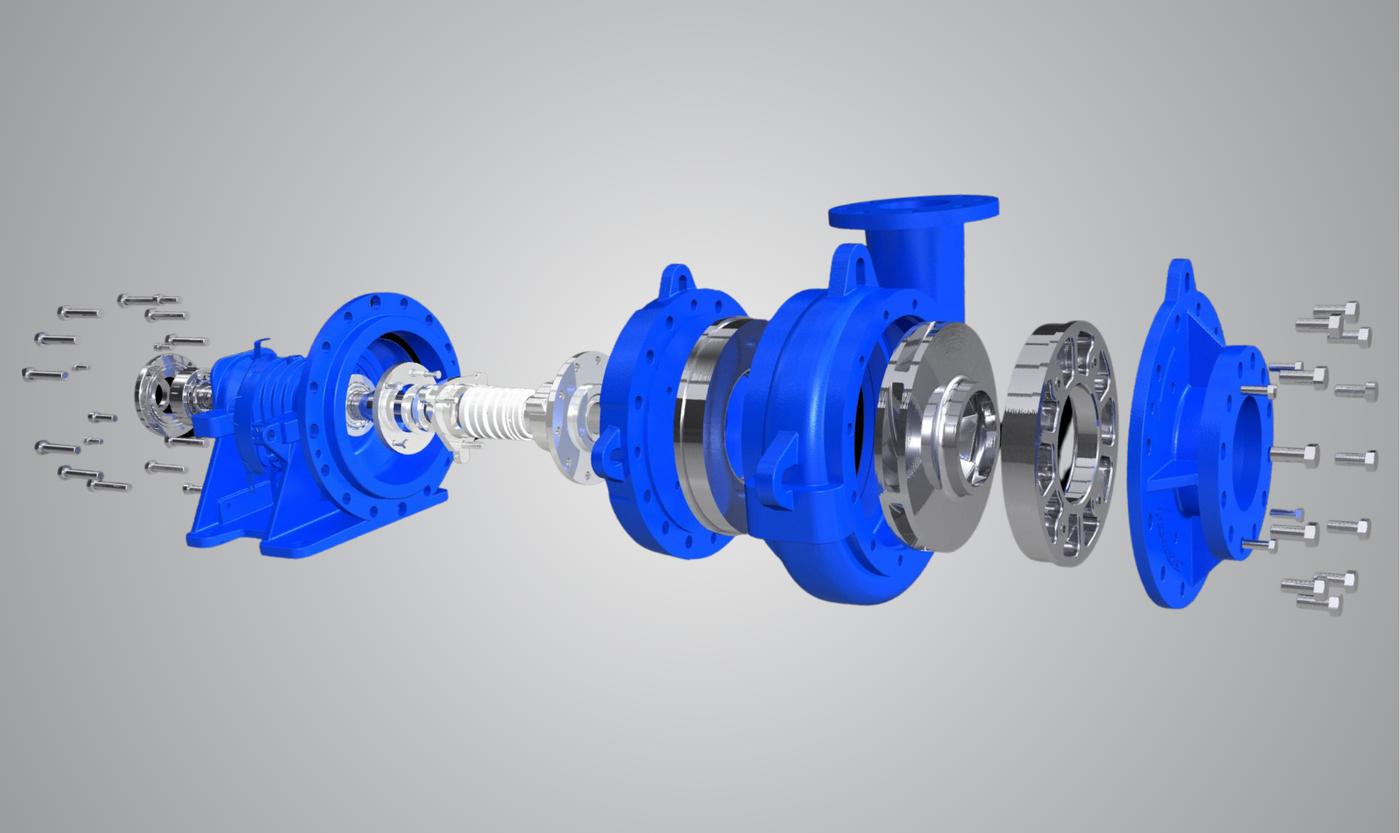

Laser cladding can improve the wear resistance of cylinder rods and cylinder bores, reducing friction and extending their service life.
Laser cladding can be applied to pump impellers, casings, and wear rings to enhance their resistance to erosion and cavitation, improving pump efficiency and reliability.

Laser cladding can enhance the wear resistance of valve spools, seats, and seals, minimising leakage and improving valve performance and longevity.


Laser cladding can improve the wear resistance and dimensional stability of piston heads and rings, ensuring smooth operation and minimising leakage

Laser cladding can be utilised to enhance the wear resistance and corrosion resistance of actuator rods, prolonging their lifespan and maintaining precise actuation
APEX ETG's laser cladding improves strut performance, durability, and longevity with design flexibility and costeffectiveness. Paired with your prep and finishing strengths, it creates a holistic manufacturing process meeting client and application needs.

traditional hardfacing, laser cladding uses a laser beam as the source of energy instead of an arc to fuse or alloy coating material and the base material together.
Laser cladding has a significantly reduced heat-affected sone (HAs), which means short cooling times. This creates many advantages:
Base material dilution is minimal
Almost no distortion of the base material
The coating material retains many of its original properties. Resulting in coatings with high hardness and excellent wear resistance corrosion resistance and dimensional control.
Large area with high deposition rate
Cost-effectiveness
High accuracy
No flaking or peeling
4mm to 30mm deposit width
Excellent cladding metallurgy
High-efficiency process lower thermal input and lower powder consumption
Minimal pre and post-processing required
Precision control
A high-resolution process enables thin-clad layers of ~0.25 mm thickness
Lower residual stress and distortion



APEX ETG offers high-quality laser cladding services for a variety of industrial applications.
Laser cladding services
10 kW high power large area cladding
Internal diameter (ID) laser cladding
Coaxial multidirectional precision laser cladding
Hotwire and powder feed delivery options
EHLA = high-speed laser cladding
Pre and post-machining services

ID laser cladding is when the inside of a component, such as a pipe, bores or tubes, is clad for the benefits of dimensional control, repair and reinforcement, as well as protection against impact, wear, and corrosion. Our versatile ID laser cladding capabilities are ideal for bores or tube 75mm in diameter or greater, with a reach of 2 5 meters. A wide range of alloy materials can be used in either powder or wire form. The 45° laser beam exit angle allows the cladding of both cylinder walls and seating surfaces.

The advantages of APEX ETG’s cost-effective surface hardening diode laser heat-treating service are high processing speed and precise case depths resulting in negligible distortion and enhanced resistance to wear, fatigue and corrosion resistance. Application examples include: carbon alloy steels and cast irons, bearing surfaces, cutting surfaces, pumps, valve seats, drive train components, gears, pulleys, hand tools, needles and pins, forming tools, stamping dies and turbine blades.


At APEX ETG, we use both conventional and laser welding technologies in conjunction with automated robotics allowing us to offer fabrication and hardfacing services, ensuring quality, repeatability and productivity
Welding and fabrication services
High-speed fabrication
3Phase 400amp MIG welder
Cutting and forming custom jigs for applications
Equipment reclamation and repairs
We offer a comprehensive range of services and equipment to manufacture new components, from unique ‘one-offs’ to large batch runs in a broad range of sises, weights and geometries.
Pre and post-machining services:
Milling machine with 1.5m bed
Lathes; 1-4m between centres, up to 2200mm swing
Cylindrical grinder 3.5m between centres, 650mm swing Linisher 5.5m between centres, 1600mm swing diamond belts
VTL 1200mm swing with a height of 1200mm

Our turnkey systems are custom-built to meet your needs
Through our business partnerships with equipment manufacturers and our expertise, we are able to design, manufacture, build and integrate systems for laser cladding and thermal spray applications. Once the system is fully commissioned, we provide calibration, training and aftermarket maintenance support to your organisation



APEX ETG’s in-house laboratory covers a range of services to engineer, test and analyse hardfacing and laser cladding applications ensuring the optimal surface solution These capabilities include:
Sample preparation and testing
Material analysis equipment and software
Twin rotatory sample grinding & polishing
Micro and macro hardness testing
Positive Material Identification (PMI)
Ultrasonic Testing (UI)
Dye penetrant inspection
APEX ETG is actively searching for the next innovative component, product, system, technology or process that can increase the opportunities for surface coating solutions

APEX ETG is at the forefront of cutting-edge hardfacing technologies and provides ongoing R&D collaboration opportunities for businesses looking to improve their efficiencies, long-term profitability and environmental goals


Hard chrome plating involves electroplating a layer of chromium onto a metal surface. It typically consists of several steps, including surface preparation, electro-cleaning, acid etching, chromium deposition, and post-treatment
Laser cladding, also known as laser metal deposition, is a process in which a laser beam is used to melt a powdered metal and fuse it onto a substrate. The laser beam is controlled to create a precise coating thickness.
Hard chrome plating provides acceptable wear resistance and corrosion protection for hydraulic cylinders. However, hard chrome plating tends to have limited ductility and impact resistance, making it more susceptible to micro-cracking and peeling in demanding applications.
Laser cladding offers tailored coatings with superior wear resistance, durability, and bonding. It provides increased ductility and impact resistance compared to hard chrome plating, reducing the risk of cracking or peeling under highstress conditions
Hard chrome plating requires additional machining and grinding, prolonging production time and increasing costs. It can result in dimensional changes and necessitate postmachining to meet specifications, further extending production time
Laser cladding is a precise process with targeted coating application, minimising material waste and machining needs. The localised heat zone reduces the risk of thermal distortion or damage to hydraulic cylinders and enables precise control over coating thickness for consistent and uniform results
Hard chrome plating involves toxic chemicals, such as hexavalent chromium, which pose environmental risks during the plating process and subsequent waste treatment and disposal The production of hexavalent chromium emissions is regulated due to its adverse health effects and environmental hazards.
Laser cladding generally produces fewer harmful emissions and requires less chemical usage than hard chrome plating. The process generates minimal waste and does not typically involve toxic chemicals, reducing workers' environmental impact and health risks.


APEX ETG's laser cladding powder is a chrome replacement powder. The APX 901 alloy composite exhibits a balanced chemical composition with high chromium content, providing excellent corrosion resistance It offers enhanced strength, hardness, toughness and good wear resistance, making it suitable for various applications. The alloy serves as an environmentally friendly alternative to chrome, with superior corrosion resistance, improved durability, and cost-effective advantage Its performance surpasses that of traditional materials, contributing to long-term reliability and optimised functionality. There are several metallurgical advantages of laser cladding with APX 901 compared with conventional hard chrome plating
Benefits of Laser Cladding Powder vs. Hard Chrome Plating:
Improved Corrosion Resistance
Reduced Environmental Impact
Enhanced Hardness
Precise Material Control
Reduced Risk of Hydrogen Embrittlement
Improved Versatility
Enhanced Surface Finish
Lower Maintenance







Laser cladding involves applying a thin layer of material onto a base component, which helps restore or enhance its functionality This targeted approach minimises the use of raw materials compared to full component replacement, reducing waste and conserving resources
By repairing components using laser cladding, their operational lifespan can be significantly extended. This reduces the need for frequent replacements, which not only saves resources but also reduces the environmental impact associated with the production and disposal of new components.
Laser cladding is a highly efficient process that uses focused laser energy to melt and fuse the cladding material onto the base component. Laser cladding typically requires less energy input than traditional repair methods, such as welding or thermal spraying, resulting in lower energy consumption and reduced carbon emissions
Repairing components through laser cladding generates less waste compared to replacement options Instead of discarding entire components, laser cladding selectively repairs and reinforces damaged areas, minimising the amount of material that would otherwise be sent to landfills or recycling facilities
Laser cladding can enhance the performance and functionality of components by using specialised cladding materials, such as corrosion-resistant alloys or wear-resistant coatings. This improves the durability of repaired components, reducing the likelihood of future failures and the associated environmental impact.
Laser cladding can often be a cost-effective repair option compared to component replacement, particularly for highvalue or complex parts. By avoiding the need for complete replacements, businesses can save on procurement costs, transportation, and disposal expenses while reducing the overall environmental footprint.


Sustainability is at the heart of our business and our purpose in creating lasting value for our clients and society To this end, it is about integrating environmental, social and governance (ESG) considerations into our decision-making every day. As a solutions and services provider, our focus is on contributing to better outcomes for our clients, people, partners, suppliers, and the environment APEX ETG is uniquely placed as a trusted partner to help facilitate sustainable, responsible and efficient operating procedures. By working together, we collectively contribute to a low-carbon future.
In the battle against global warming, APEX ETG supports companies in heavy industries to reach their carbon neutrality targets by offering sustainable alternatives to wear part replacement and R&D collaboration opportunities to pursue green energy innovations. Refurbishing, reinforcing and repairing wear parts damaged by friction, impact, and erosion with refined hard-facing processes minimise waste, reduces downtime and costs, and is a sustainable business approach.
APEX ETG’s collaborative R&D efforts with OEMs and service providers are aiding the mining, mineral processing and a range of industries move towards sustainable practices with laser-clad hardfacing on excavators, screens, crushing, wear parts and many more applications. We’re excited to be working on new lines of business services that we hope will further support our clients, contribute to the community, and enable a just and fair transition to a cleaner global economy.




